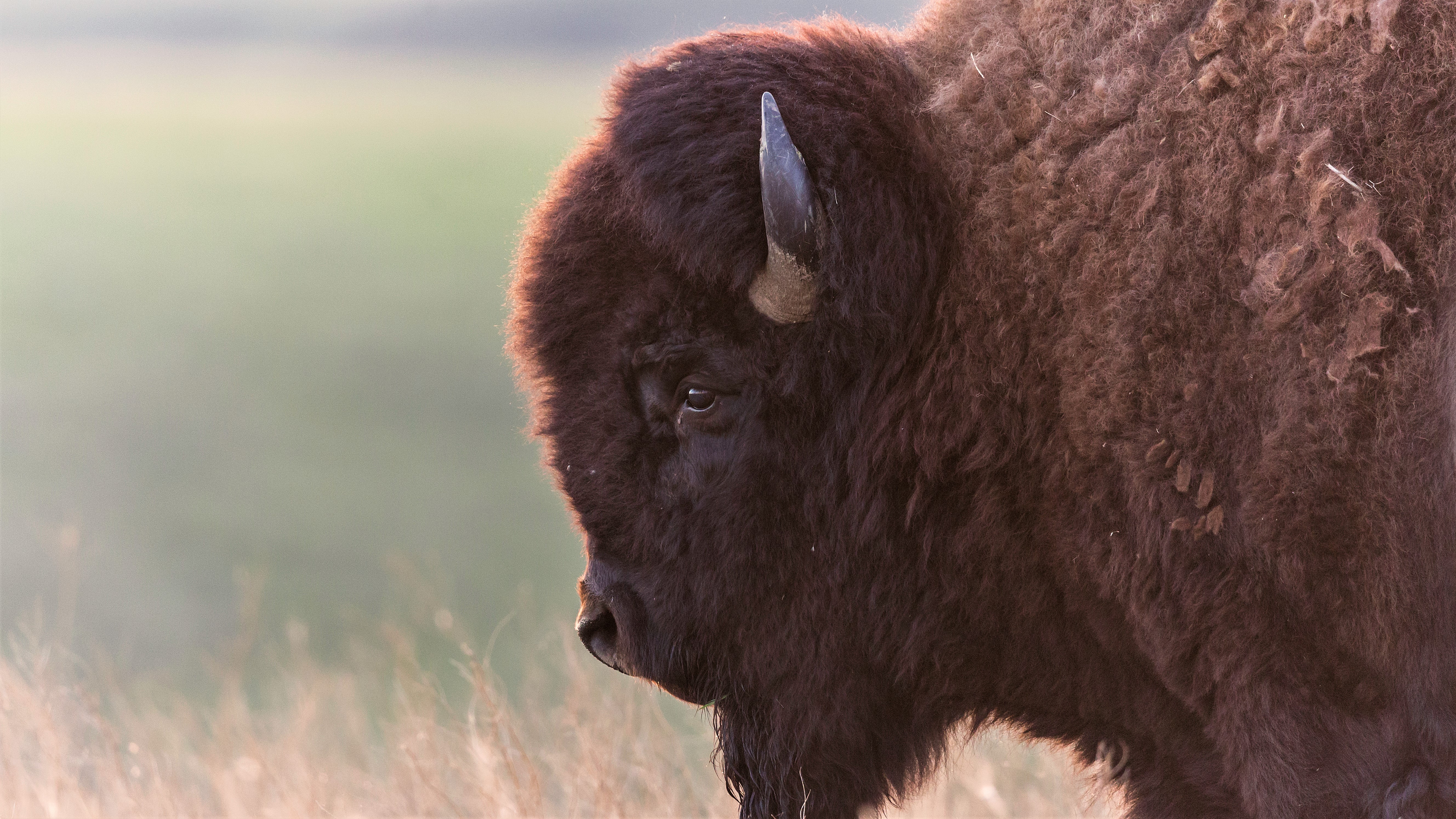
A man visiting Yellowstone National Park recently had a very close call when he got much too near one of the native bison. The man was caught on camera taking photos just a few feet from the animal, which made its displeasure known.
First, the bison stopped grazing to stare. If a wild animal changes its behavior as a result of your presence, it's a clear sign that you need to back up and give it more space to behave naturally. The animal then began to raise its tail, make vocalizations and advance, which are clear signs of aggression.
The man finally moved away slightly when the bison began to paw the ground, which indicates that its next move is likely to be a charge – either a bluff intended to scare the potential threat away, or a real one that could result in a serious injury.
The incident (which you can see below) was recorded by farmer Dylan Hudson, and shared on Instagram account TouronsOfYellowstone, which calls out examples of bad behavior at US National Parks.
There has been a spate of incidents involving bison at Yellowstone in recent weeks, with some visitors treating the animals like a zoo attraction, posing for photos with them, and even trying to pet them.
All of these people have been fortunate enough to avoid injury, but not everyone is so lucky. Last summer, three people were gored by bison at Yellowstone within the space of a month after getting too close, either accidentally or on purpose.
The National Park Service (NPS) warns visitors to stay at least 25 yards from bison and elk at all times, and never intentionally approach or distract them. Interfering with wildlife isn't just dangerous, it's also a federal crime that can result in a fine and even jail time.
For more advice, see our guides how to avoid being gored by a bison and wildlife safety: eight tips for unexpected encounters.
- The best hiking sandals: lightweight footwear for summer adventures







